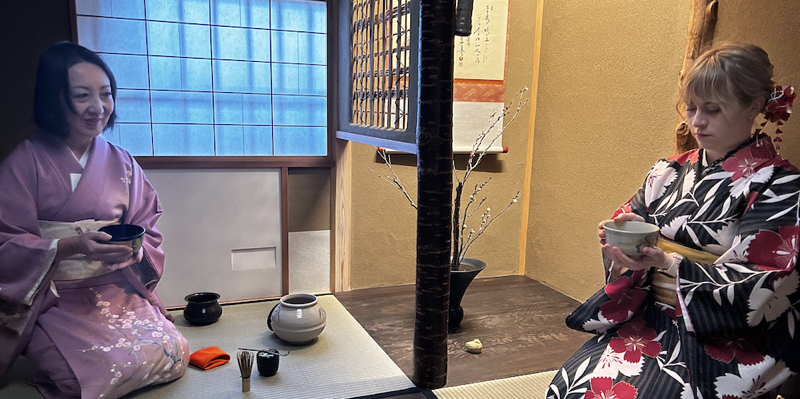
A tea bowl is one of the essential tea utensils in the tea ceremony. They are also called "matcha bowls.
Along with the spread of chanoyu culture, many tea bowls for the tea ceremony have been produced in traditional craft pottery in various parts of Japan.
In this article, we will explain the knowledge of tea bowls that you should know in order to enjoy the tea ceremony, such as the characteristics of tea bowls by region of origin and points to consider when selecting one, and finally, we will introduce some recommended tea bowls.
Please refer to this page if you want to deepen your understanding of tea bowls or if you want to choose a tea bowl for your tea ceremony!
Tea bowls for the tea ceremony can be broadly classified into four types according to their place of origin: karamono, korai-mono, shimamono, and wamono.
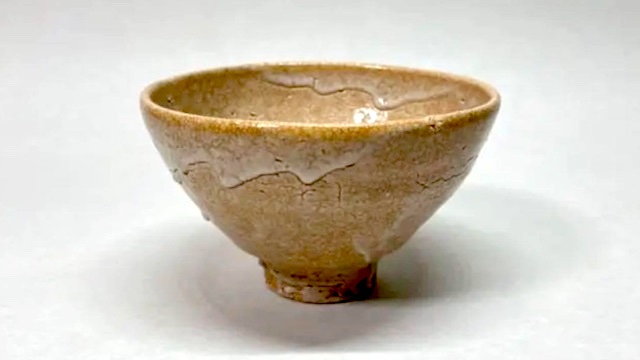
Korean Peninsula (Ido, Kobiki, Mishima)
高麗物There are many traditional pottery production areas in Japan, with 32 types of pottery designated as national traditional crafts (as of January 2021).
There are also many pottery production areas that developed along with the popularity of the tea ceremony culture, such as those where powerful people had ceramic tea ceremony utensils fired.
As is evident from the rating "1-raku, 2-Hagi, 3-Karatsu," it is important to know the types and characteristics of pottery used in the tea ceremony.
Let's take a look at some of the pottery produced in representative regions.
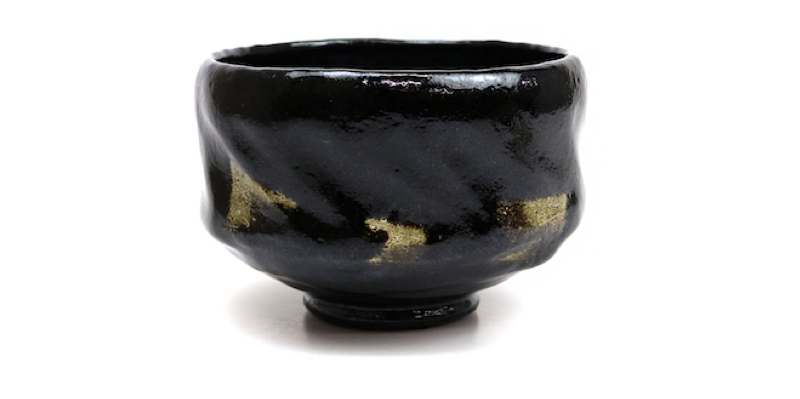
Raku ware is said to have originated with Sen no Rikyu, who perfected the world of Wabicha (tea ceremony), and had it made by the Raku family in Kyoto.
Because Raku ware is formed by hand, it has slight distortions, but it has a warmth and deep flavor.
Raku ware is also unique in that it was designed for the tea ceremony.
The bottom of the bowl is wide, which makes it easy to turn a tea whisk and serve tea, and the mouth turns inward to prevent tea from dripping out of the bowl when drinking.
There are "Kuro-ragaku", "Akaraku", etc. depending on the color of the tea whisk.
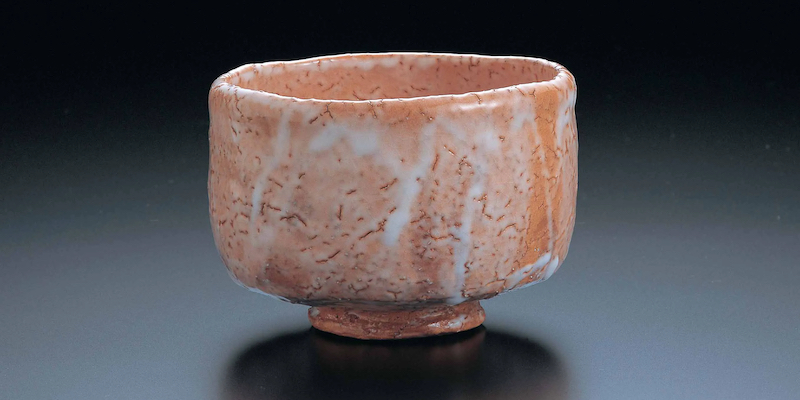
Hagi-yaki pottery is produced mainly in Hagi City, Yamaguchi Prefecture.
It is said that Hagi-yaki developed mainly from tea bowls used in the tea ceremony, as the Mori family, which ruled the area where the kiln was built, had a close relationship with the tea ceremony.
Hagi ware is characterized by its warm color, which is produced by mixing three types of local clay, and by the fine cracks, called kan-in, that naturally form during the kiln firing process.
The aging process, known as "Hagi nannake," in which tea and other substances seep through the cracks and the more the potter uses it, the more its color changes, is also a major attraction of this pottery.
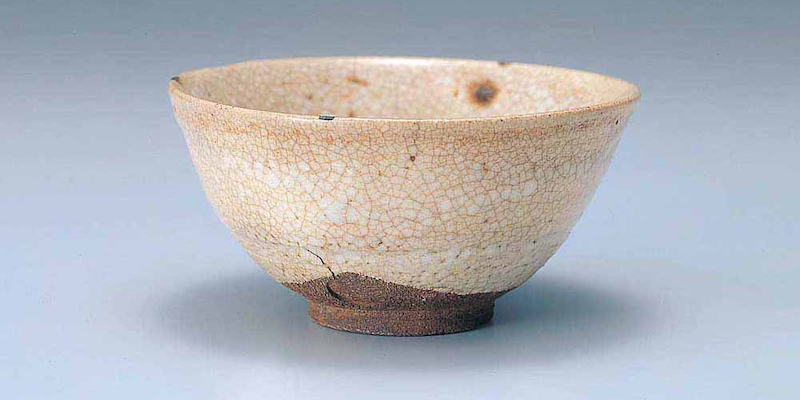
Karatsu-yaki is a type of pottery produced mainly in Karatsu City, Saga Prefecture. It has been loved by tea masters for its simple and austere style, in which the taste of the clay can be felt.
Karatsuyaki is also characterized by a wide variety of decorative techniques.
There is "Ekaratsu," which depicts flowers and birds, "Madaragaratsu," which has black and blue speckles on the surface of the glaze, and "Joseon Karatsu," which uses two types of glaze and has a beautiful gradation of black and white.

This is a general term for pottery covered with a feldspar glaze (white glaze), a style of Mino ware produced in Gifu Prefecture beginning in the Momoyama period (1573-1600). Although some theories suggest that white glaze with feldspar and ash was first produced in Mino ware in the late Muromachi period (mid-16th century), the prevailing theory is that white glaze with feldspar alone appeared in the early Momoyama period, from the Tensho to Bunroku periods in the 1580s and 1590s.

Creative ceramics produced at the Mino kilns in the eastern part of Mino Province (Gifu Prefecture). The tradition of pottery making in this region has existed since the Heian period (794-1185), but it took a major turn toward the end of the Muromachi period (1333-1573) when the pottery began to be used in the emerging "wabi" style of pottery and tea utensils for the tea ceremony, which were designed to suit the tastes of tea masters. As an extension of this tradition, Oribe ware began to be created from the early Keicho period (1596-1615) in the latter half of the Momoyama period, and is called Oribe ware because of its style and design, which is said to have been favored by Furuta Oribe, the leader of the tea ceremony at the time.